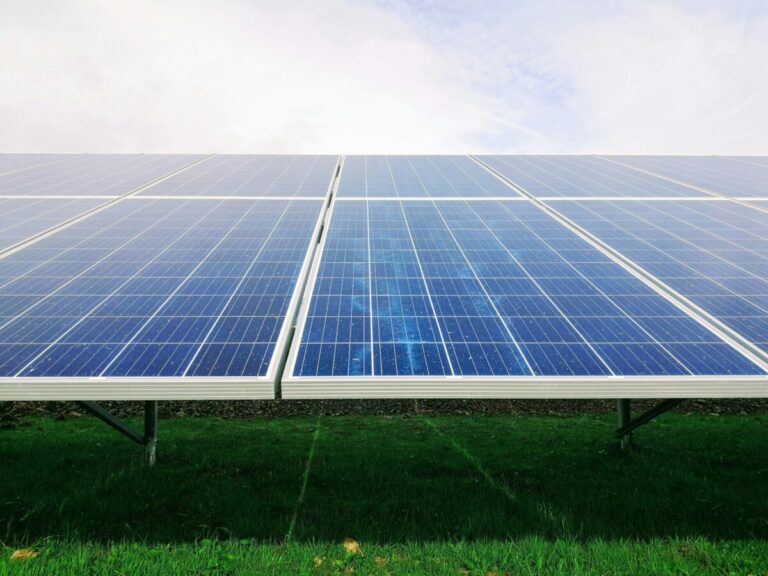Developed by scientists in China, the proposed approach uses mathematical morphologies for image processing, such as image enhancement, sharpening, filtering and closing operations. It also uses image histogram equalization and edge detection, among other things, to find the contaminated spot.
A research group from China has developed a new dirt detection system for PV installations that uses a range of image processing techniques, as well as unmanned aerial vehicles (UAVs) with cameras flying above the power stations and an improved artificial intelligence (AI) algorithm. for path optimization.
“Compared with other traditional methods, the proposed method has lower computational complexity, faster operation speed, weak influence of light and strong dirt localization ability,” the research group said. “The improved path planning algorithm used in this study greatly improves the efficiency of UAV inspection, saves time and resources, reduces operation and maintenance costs, and improves the corresponding operation and maintenance level of photovoltaic power generation.”
The new approach uses mathematical morphologies for image processing, such as image enhancement, sharpening, filtering and closure operations. It also uses image histogram equalization and edge detection, among other things, to find the dusty spot. An improved version of the A* algorithm (A-star) is used for path optimization.
“In the traditional static environment, the A* algorithm can effectively find the optimal path planning distance between two points. However, in the application of photovoltaic power plant inspection, the traditional A* algorithm cannot show the best performance due to the complexity limitations of the situation,” the group explains. “This study optimizes the algorithm from two perspectives: planning the search space and optimizing the heuristic function.”
After developing the method, the group tested it against reference methods in a Matlab 2022b environment, using a DJI Matrice 300 RTK UAV and a Zenmuse X5S camera. For substance recognition capabilities, the new method experimented with reflectance spectrum analysis, electrochemical impedance spectroscopy analysis and infrared thermal imaging.
“Compared with the two methods, reflection spectrum analysis and infrared thermal imaging, the method used in this study has the lowest computational complexity and the shortest running time, while the other two methods require more time and do not use real-time analysis,” the researchers said. “In addition, compared to other methods, the method used in this study is the weakest affected by light and has the strongest positioning ability of dirt.”
The new approach was tested against the classic, unimproved A* path optimization algorithm. “In various experimental scenarios, the improved A* algorithm requires a shorter time for UAV inspection, which saves the combat time and combat distance and greatly improves the cleaning efficiency of solar panel stains,” the analysis shows.
The research was presented in “Research into the detection method of dirt on the surface of photovoltaic cells based on image processing technology,” published in Scientific reports. The group was formed by scientists from China’s Hangzhou Electric Power Design Institute, Hangzhou Power Equipment Manufacturing and Northeast Electric Power University.
This content is copyrighted and may not be reused. If you would like to collaborate with us and reuse some of our content, please contact: editors@pv-magazine.com.


